GWU team demonstrates highly scalable, low-cost process for making carbon nanotube wools directly from CO2
Green Car Congress
JULY 19, 2017
The process is constrained by the (low) cost of electricity. Initial scaling is efficiently applied to available concentrated, hot sources of CO 2 , such as eliminating the CO 2 emission from industrial smoke stacks and simultaneously forming valuable CNT wool. —Johnson et al. Johnson et al. Click to enlarge.



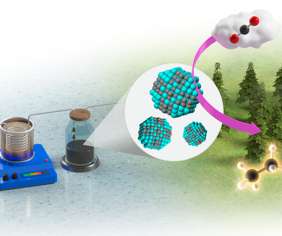



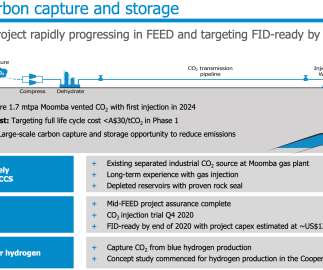







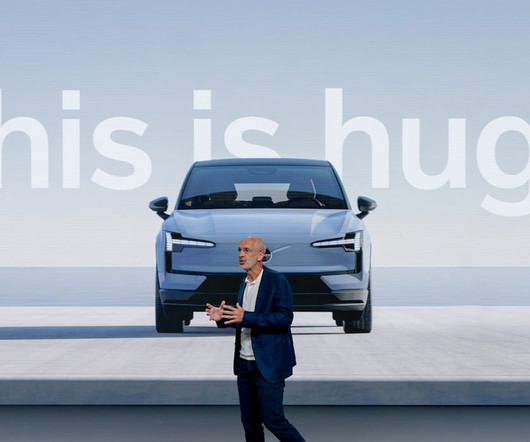





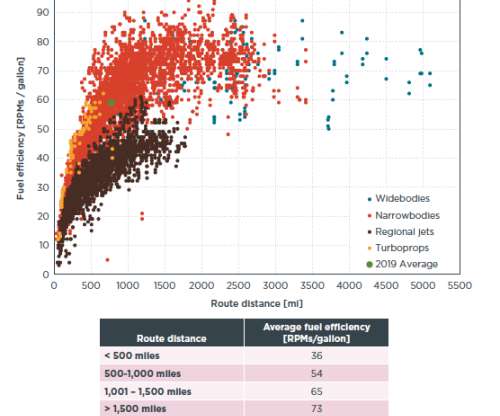










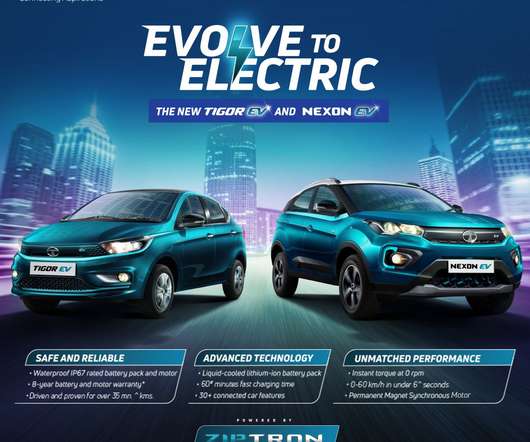

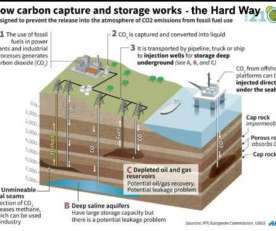






Let's personalize your content